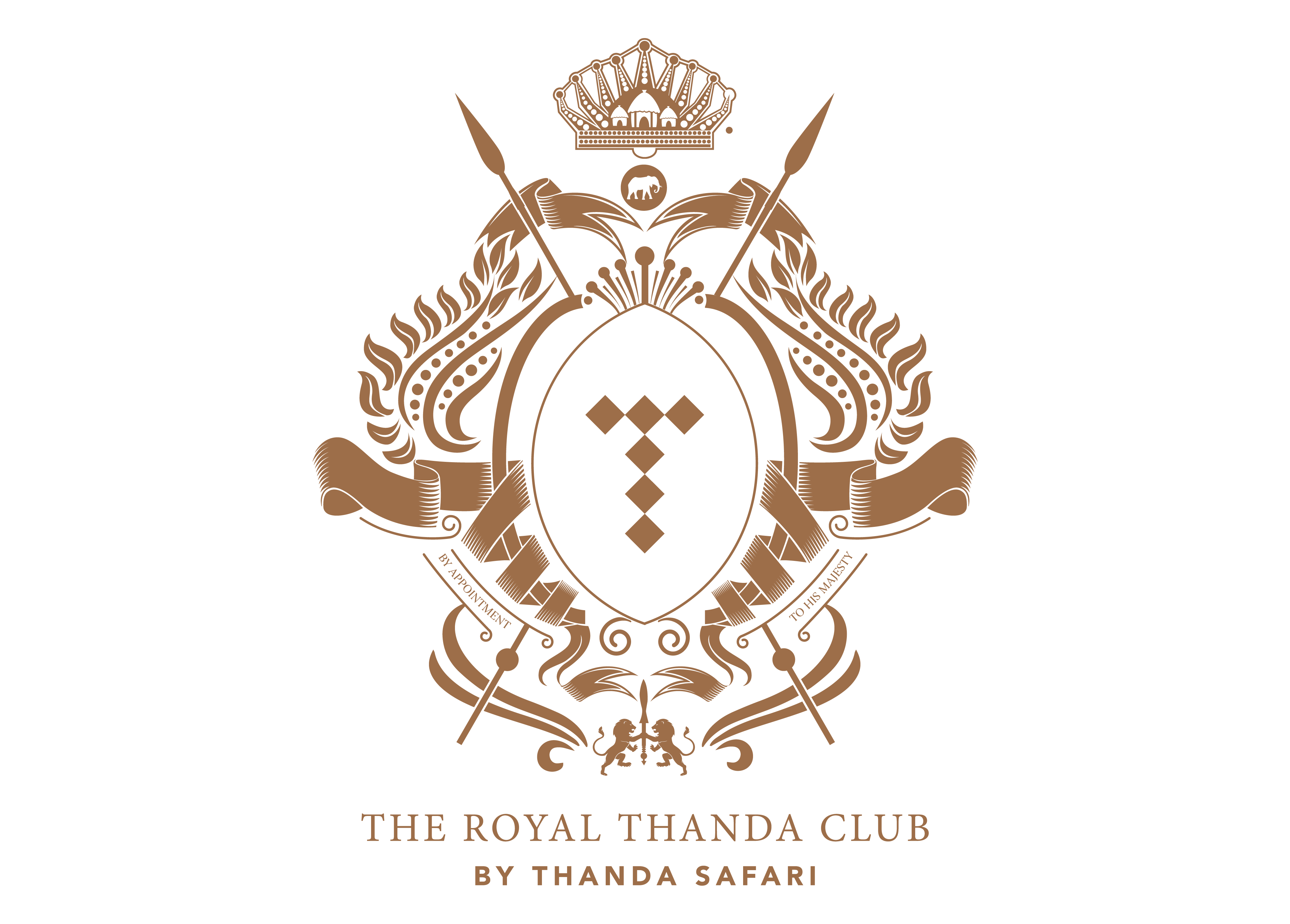An African safari is defined by the thrill of the Big Five and an up-close experience of the magnificent inhabitants of the wild, including one of the top favourites, the zebra.
The Burchell’s zebra thrives on Thanda Safari in northern KwaZulu-Natal, a multi-award-winning Big Five private game reserve with magnificent accommodation and expert guides and trackers who share their years of experience and wildlife knowledge with you.
Thanda Safari has a population of about 350 Burchell’s zebra, named after the legendary British explorer naturalist, artist and author, William John Burchell. It is a sub-species of the plains zebra – one of the two species found in South Africa, the other being the Cape mountain zebra. Every zebra has unique black and white striped coats that are like its fingerprints, no two are the same. The Burchell’s is distinguishable from other species by its additional grey shadow-stripe in between the black and white.
Like horses and donkeys, zebras belong to the equine species and the baby zebra is called a foal, but the three are very different animals, and zebras have remained wild.
Adult zebras are stocky animals, weighing between 290 and 340 kilograms. At shoulder height they measure about 1.3metres and are 2.5 to 3m long. They are swift because they need to outrun their predators and at top speed they can achieve 65 kilometres per hour, whereas horses can achieve about 70 kilometres per hour.
INTERESTING FACTS ABOUT ZEBRAS IN SOUTH AFRICA
Zebras eat a wide variety of grass species and need to drink at least once a day. The highest danger of being predated is around waterholes, which is why they are often so nervous there.
Their main predators are lions followed by leopards and hyaenas, and they are constantly on the alert, taking off at speed if anything alarms them. They communicate with loud braying or barking sounds and soft snorting sounds. The position and flickering of their ears, how wide open their eyes are, and whether they show their teeth are all signals. Zebras are highly successful at survival and have an incredible ability to recover from severe claw wounds on their flanks after a lion or leopard has tried to bring them down.
Zebras that don’t get preyed on can live for about 20 years in the wild and some reach the mid-20s. They remain highly alert their whole lives, even while sleeping. Like horses, zebras are able to sleep standing up by locking the joints in their knees. This way they can quickly awaken if there is any danger or if they need to escape from predators. They have excellent eyesight and can see by day and night.
SOME INTERESTING FACTS
Situated in the renowned wildlife region of northern KwaZulu-Natal, Thanda Safari is one of the leading Big Five private game reserves in South Africa and a multiple winner of The World’s Leading Luxury Lodge. In addition to the Big Five, Thanda Safari has a fascinating diversity of animals, including the zebra, which guests on safari love to see.
There are so many interesting facts about the zebra. No zebra has the same pattern of stripes, and a group of zebra is called a ‘dazzle’, because when they are bunched together, they dazzle the eye with their stripes, making it harder for predators to focus on a single individual.
The stripes offer superb camouflage as they break up the zebra’s outline in the bush, to the extent that they almost disappear. Their main predators are lions, leopards and hyaenas. Their camouflage also assists in keeping away biting flies and blood-sucking insects like horseflies. Research suggests that stripes may also serve the same purposes in certain traditional tribal communities in Africa, Australia and Papua New Guinea where people paint monochrome stripes on their faces and bodies.
When a baby zebra, called a foal, is born, they have reddish-brown stripes which gradually become darker and change to black as they grow. An incredible characteristic of zebras is that the foals and their mothers are able to recognise each other in the herd – it’s called ‘imprinting’.
Zebras eat various species of grasses and they love the green shoots that emerge after the rain. They live in small family groups ruled by a stallion with a couple of females or ‘mares’ and youngsters over whom he is very protective. The family groups sometimes come together in larger groups, especially around waterholes, and the younger stallions may try to steal away some females, which often results in vicious fighting with the dominant stallions.
The males do a lot of what is called ‘flehmening’ to test if a female is ready to mate. The word ‘flehmen’ is German in origin, meaning ‘to bare the upper teeth’. Flehmening facilitates the transfer of pheromones and other scents to an organ above the roof of the mouth, called Jacobson’s organ. Some people mistakenly think zebras are laughing when they are flehmening or when they are yawning as they bare their teeth.
The gestation period is about 375 days and the foal weighs 30 to 35 kilograms at birth and is usually born in summer. Within minutes after being born the foal stands up, a bit wobbly at first but it soon gains its balance as it needs to keep up with the herd. Foals look out of proportion as they have very long legs for their body size – almost as long as adults. This way they can reach the mare’s mammary glands and predators can’t make out where they are in a group. They blend in wonderfully and their long legs help them to run faster – an evolutionary advantage.
A MAJESTIC ANIMAL TO SEE ON ANY SAFARI
Thanda means ‘Love’ in the language of the Zulu people, and Thanda Safari lives this ethos in the management of its 14 000-hectare Big Five private game reserve in the renowned wildlife region of northern KwaZulu-Natal.
An African safari is an experience of a lifetime, and Thanda Safari makes sure it is everything you hoped for, with memories that will always remain with you. In addition to the Big Five, one of the best loved animals is the zebra.
During the thrilling morning and afternoon games drives, Thanda Safari’s guides and trackers share their extensive knowledge of the wild, animal tracking ability and ancient Zulu stories of the bush. Guests can also do a guided walk, which sharpens all your senses as you feel completely immersed in the natural environment.
Game drives are also an exhilarating way to see wildlife, and, on Thanda Safari, apart from all the other animals, you will definitely see zebra. The game reserve has a population of about 350 zebra. They are a plains sub-species called the Burchell’s zebra, named after the legendary British explorer naturalist, artist and author, William John Burchell.
Each zebra has a unique black and white striped coat that is like its fingerprints, no two are the same. The Burchell’s is distinguishable from other species by its additional grey shadow-stripe in between the black and white.
The stripes offer superb camouflage as they break up their outline in the bush to the extent that they almost disappear, helping to protect them from their main predators: lions, leopards and hyaenas. Their camouflage also assists in keeping away biting insects like horseflies.
A group of zebra is called a ‘dazzle’, because when they are bunched together they dazzle the eye with their stripes, making it harder for predators to focus on a single individual.
If you are on foot in the bush and you come across a family group – typically one stallion with several females and foals – they will keep a very watchful eye on you as they are highly alert and skittish. However, because there is no hunting on Thanda Safari they are a bit more relaxed and on a game drive they will often graze nearby.
After time out in the bush, you return to one of Thanda Safari’s three magnificently appointed accommodation options that personify romance and mystique. The meals are also superb and nothing beats a dinner in the bush under the African stars.





